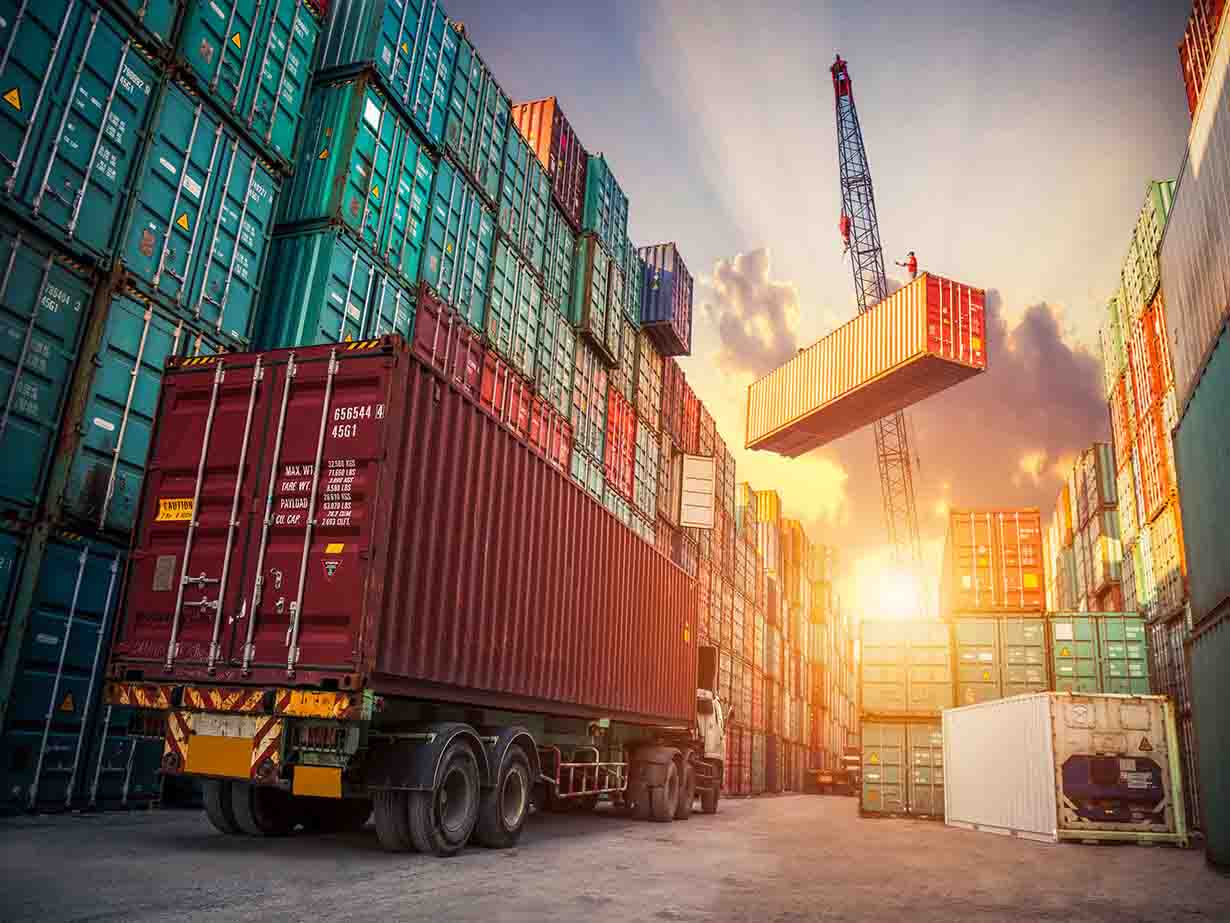Navigating Delivery Delays
In the fast-paced world of the packers and movers industry, timely delivery is crucial for ensuring customer satisfaction. However, despite meticulous planning and preparation, delivery delays can sometimes occur due to various factors beyond our control.
In the fast-paced world of the packers and movers industry, timely delivery is crucial for ensuring customer satisfaction. However, despite meticulous planning and preparation, delivery delays can sometimes occur due to various factors beyond our control. While these delays can be frustrating for both movers and customers, they can also present opportunities for learning, improvement, and exceptional customer service.
Understanding the Causes of Delivery Delays:
Delivery delays in the packers and movers industry can be caused by a variety of factors, including:
Traffic Congestion: Heavy traffic or road closures can slow down transportation routes, leading to delays in delivery schedules.
Weather Conditions: Adverse weather conditions such as storms, heavy rain, or snowfall can make driving hazardous and affect the ability to transport goods safely and on time.
Logistical Challenges: Coordination issues, unexpected changes in routes, or difficulties accessing certain locations can contribute to delays in delivery.
Vehicle Breakdowns: Mechanical issues or breakdowns with moving trucks or vehicles can disrupt delivery schedules and lead to unexpected delays.
How to Handle Delivery Delays:
While delivery delays are inevitable at times, there are steps that packers and movers can take to effectively handle and mitigate the impact of these setbacks:
Open Communication: Maintain open lines of communication with customers throughout the moving process. In the event of a delay, promptly notify customers and provide regular updates on the status of their delivery.
Transparency and Accountability: Be transparent with customers about the reasons for the delay and take responsibility for any inconvenience caused. Assure customers that you are actively working to resolve the issue and minimize the delay as much as possible.
Offer Solutions and Alternatives: Explore alternative solutions to minimize the impact of the delay, such as arranging temporary storage or offering expedited delivery options once the issue is resolved. Work closely with customers to find the best possible solution that meets their needs.
Provide Compensation or Discounts: In cases of significant delays or inconvenience, consider offering compensation or discounts as a gesture of goodwill to compensate customers for their patience and understanding.
Turning Challenges into Opportunities:
While delivery delays can be challenging, they also present opportunities for packers and movers to demonstrate their commitment to customer service and excellence:
Focus on Customer Experience: Use delivery delays as an opportunity to enhance the customer experience by providing proactive communication, personalized support, and going above and beyond to exceed customer expectations.
Continuous Improvement: Evaluate the root causes of delivery delays and implement measures to prevent similar issues in the future. Invest in training, technology, and infrastructure improvements to optimize efficiency and reliability in delivery processes.
Build Trust and Loyalty: By handling delivery delays with professionalism, transparency, and integrity, packers and movers can build trust and loyalty with customers, strengthening long-term relationships and enhancing their reputation in the industry.
Conclusion:
Delivery delays are an inevitable aspect of the packers and movers industry, but how they are handled can make all the difference in customer satisfaction and loyalty. By maintaining open communication, offering solutions, and focusing on continuous improvement, packers and movers can turn challenges into opportunities to strengthen customer relationships and excel in service delivery.



